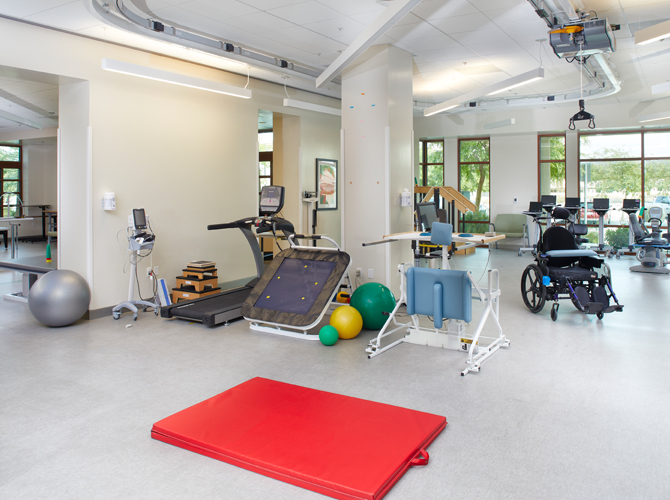Comprehending that Most Common Issues Treated through Physical Practitioners in Efficient Healing plus Restoration
Comprehending that Most Common Issues Treated through Physical Practitioners in Efficient Healing plus Restoration
Blog Article
Physical therapists play a crucial function in assisting individuals recover from various afflictions that influence their physical activity and general physical health. These medical experts are trained to assess, determine, and manage a broad range of musculoskeletal and neurological problems. A few of the common issues managed by physical therapists include athletic traumas, joint inflammation, post-surgical rehabilitation, cerebrovascular accident rehabilitation, and chronic pain. Understanding such issues can help patients create knowledgeable decisions about their healing and recovery process.
Sports traumas are widespread among sports players of all ages and proficiency stages. These traumas can occur during training or games and often include twists, strains, fractures, or tendon inflammation. Physical therapists collaborate with sports players to formulate personalized recovery programs that concentrate on recovering strength, flexibility, and balance. These professionals also teach sports players on trauma prevention techniques, including correct preparation exercises and body movements, to lower the risk of future traumas. Through addressing sports traumas successfully, physiotherapy therapists aid sports players return to their activities securely and quickly.
Joint inflammation is another common issue that physiotherapy professionals commonly treat. This long-lasting disease results in inflammation in the joints, resulting to discomfort, stiffness, and reduced movement. Physiotherapy professionals use various methods, including rehabilitative exercises, hands-on therapy, and modalities such as heat or cold treatment, to relieve discomfort and boost joint function. They also offer education on daily life changes, such as weight management and activity modifications, to aid patients handle their arthritis more effectively. Through a personalized approach, physiotherapy therapists empower people with joint inflammation to keep an energetic and satisfying life.
After surgery therapy is vital for patients recovering from operations, like articular replacements or ligament repairs. After the operation, people typically experience pain, swelling, and limited mobility. Physical therapists create rehabilitation plans that focus on restoring range of motion, strength, and capability. These professionals assist patients through workouts that encourage healing and assist them recover self-sufficiency in everyday tasks. By carefully observing progress and adjusting treatment plans as needed, physical professionals have a key part in securing a effective rehabilitation following the operation.
Stroke rehabilitation is a complicated process that often demands the skills of physical therapists. A stroke can lead to significant bodily limitations, such as loss of strength, balance issues, and challenges with movement. Physiotherapy professionals evaluate each patient's distinct needs and create customized treatment plans to address these challenges. They physical therapy for sports performance use activities and tasks designed to improve power, stability, and movement, helping patients retrieve their self-sufficiency. Furthermore, physical professionals give assistance and education to both people and their relatives, fostering a collaborative strategy to healing.
Long-term pain is a problem that influences many people and can significantly influence their standard of life. Physical therapists use a range of techniques to aid handle long-term pain, like exercise therapy, manual treatment, and education on pain control strategies. They collaborate with individuals to identify the root causes of their pain and formulate a holistic treatment program that addresses the bodily and emotional components. Through enabling patients with information and effective management strategies, physical professionals assist them recover authority over their lives and improve their general well-being.